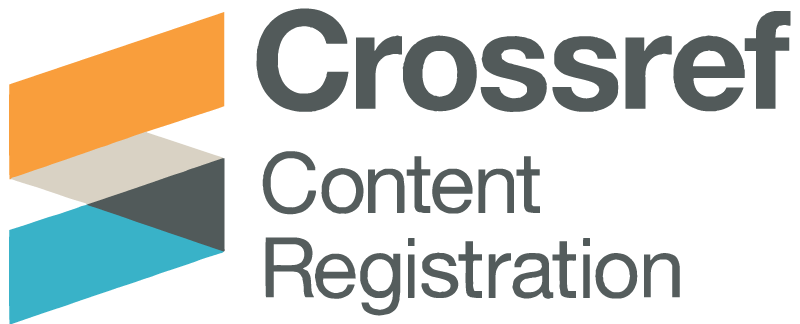he Geography of The Arab Islamic State and Its Role in Translating and Preserving The Human Heritage
DOI:
https://doi.org/10.59743/jau.v33i1.1205Keywords:
Geography of the Islamic Arab state, Translating and preserving human heritageAbstract
This research aims to highlight the important role that the geography of sprawling Arab Islamic state played in investing its cultural potentials and preserving its knowledge heritage through the Arabic translation movement. Also, the article aims at illustrating the capacity of the Arabic language for understanding and conveying concepts and terminologies from and to other languages. Descriptive and historical analytical approaches were used to achieve the research goals. The findings revealed that the geography of the Islamic Arab state contributed in the diversity of cultures and sciences among its peoples. In addition, the geography of the Islamic Arab state established a thriving civilization during the Middle Ages through of intercultural contact and interactions -especially, in Abbasid state era. Furthermore, this geography achieved an unprecedented success in establishing distinct historic movement for translating and preserving the human heritage with high accuracy and integrity until the modern era.
References
السائح، أحمد عبدالرحيم (2007). مجلة التواصل، العدد الرابع عشر، اكتوبر، ص 37، طرابلس، ليبيا.
الخطيب، عمر عودة (1397 ه). لمحات في الثقافة الإسلامية، مؤسسة الرسالة، بيروت، لبنان.
معهد الإنماء العربي (1986). الموسوعة الفلسفية العربية، بيروت، لبنان.
المليجي، يعقوب (1985). المدخل للثقافة الإسلامية، مؤسسة الثقافة الجامعية، الإسكندرية، مصر.
السعدني، خليل (1998). مساءلة مفهوم المثاقفة، مجلة فكر ونقد، العدد 16.
بوهرور، حبيب (2011). لتمثل الآخذ في النص الادبي الأوربي الحديث مقاربة لآليات التفاعل النصية. مجلة آداب البصرة، العدد(56)، جامعة قطر.
حسين، أحمد محمد (2008). العبر- ثقافية، البين-ثقافية، المثاقفة والتثاقف: دراسة مقارنة من أجل تحديد المفاهيم، مدينة دورتموند، ألمانيا.
مصلحة المساحة (1978). الأطلس الوطني، الطبعة الأولى، شركة ايسليت لخدمة الخرائط بأشراف مصلحة المساحة، استوكهولم، السويد.
العاني، أسامة عبد المجيد (2013). أسباب النهوض الاقتصادي للحضارة الإسلامية، 15 أكتوبر، متاح على موقع: الاقتصاد الاسلامي.
الغربي، الصغير (2016). الترجمة العلمية في العصر الذهبي للحضارة الإسلامية وأثرها في تطور اللغة العربية، 12 ديسمبر2016. متاح على موقع: منظمة المجتمع العلمي العربي: [http://arsco.org/home].
مصطفى، حسام الدين (2013). تاريخ الترجمة العربية، متاح على موقع: جمعية الترجمة العربية وحوار الثقافات.
النملة، على بن ابراهيم (2017). مراكز النقل والترجمة الخلافة العباسية (الطور الثاني)، متاح على موقع : الألوكة الثقافية، رابط الموضوع [https://www.alukah.net/culture/0/117172/#ixzz6742DGZH1].
النملة، على بن ابراهيم (2017). مراكز النقل والترجمة الخلافة العباسية (الطور الثاني)، متاح على موقع: الألوكة الثقافية، رابط الموضوع [:https://www.alukah.net/culture/0/117172/#ixzz674S1refs].
هونكه، زيغريد (1964). شمس العرب تسطع على الغرب: أثر الحضارة العربية في اوربا، ترجمة: فاروق بيضون، كمال دسوقي، راجعه ووضع حواشيه مارون عيسى الغوري، الطبعة الثامنة، دار الجليل، بيروت، دار الافاق الجديدة، بيروت، لبنان.
Roger Bastide (1986). "Acculturation", in Encyclopedia Universalis, 20 vols. (Paris: Encylopaedia Universalis, vol. 1, France.
Downloads
Published
How to Cite
Issue
Section
License
Copyright (c) 2020 عبد السلام محمد الحشاني

This work is licensed under a Creative Commons Attribution 4.0 International License.
The rights relate to the publication and distribution of research published in the Journal of Alasmarya University where authors who have published their articles in the Journal of Alasmarya University should Know how they can use or distribute their articles. They reserve all their rights to the published works, such as (but not limited to) the following rights:
- Copyright and other property rights related to the article, such as patent rights.
- Copyright on all open access article in Journal of Alasmarya published by Alasmarya Islamic University is retained by the author(s) and they can used in it's future works, including lectures and books, the right to reproduce articles for their own purposes, and the right to self-archive their articles..
- Authors grant Alasmarya Islamic University a license to publish the article and identify itself as the original publisher.
- Authors also grant any third party the right to use the article freely as long as its integrity is maintained and its original authors, citation details and publisher are identified.
The Creative Commons Attribution License 4.0 formalizes these and other terms and conditions of publishing articles










